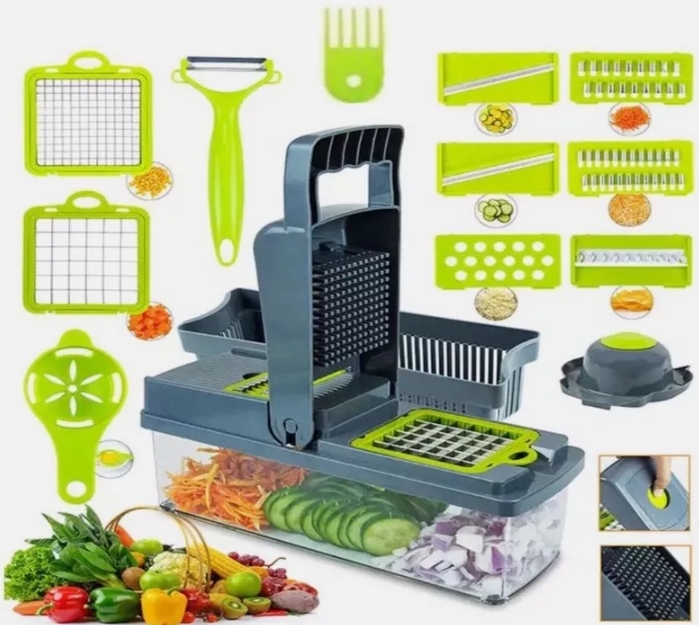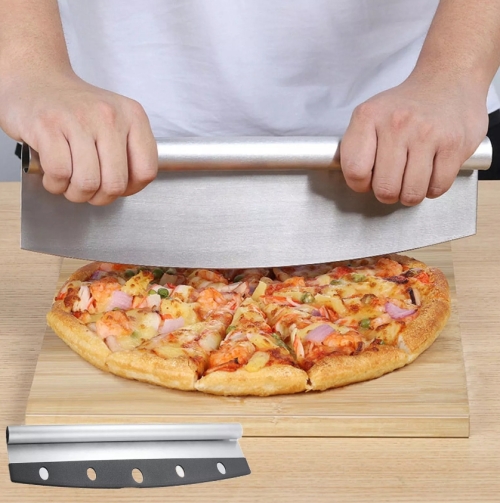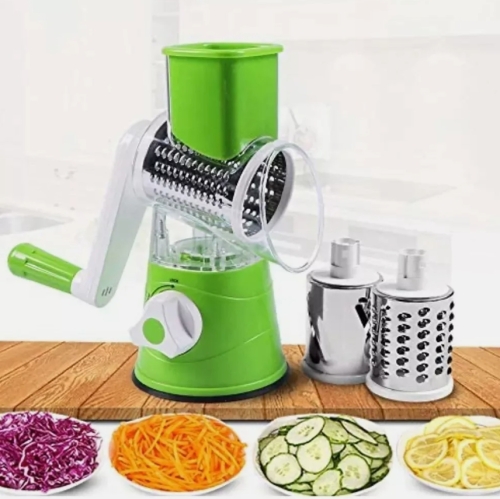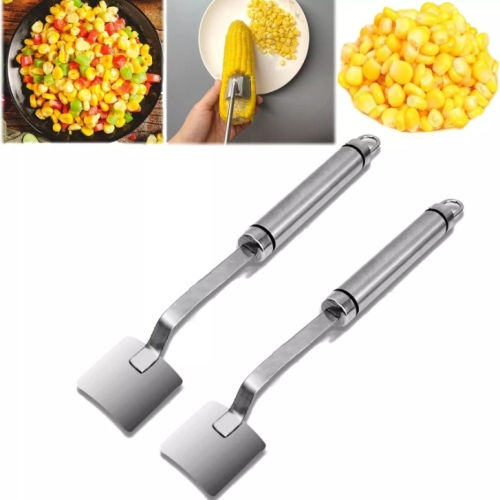As an ancient and practical tool, the tool carries the wisdom and civilization of mankind. In the long process of history, the tool has undergone countless evolution and technological innovation, from the original stone tools to the current high-tech alloy materials, the tool is not only a cutting tool, but also a symbol of quality of life and culture.
There are many kinds of knives, each with its own characteristics. Kitchen knives are the most common category, and chefs are very handy in their daily cooking. Chinese knives are usually large and heavy, which can cut, mince, and mix. In contrast, Western knives are designed to be more sophisticated and diverse, suitable for different cutting needs, from cutting meat, cutting vegetables to chopping fish, each tool has its own unique function and application. The manufacturing process of these tools has also evolved, and modern tools not only pay attention to the sharpness of the blade, but also pay attention to the ergonomic design of the handle, so that users can operate more comfortably.
In addition to kitchen knives, outdoor knives are also an important tool that cannot be ignored. In exploration, camping, or everyday life, folding knives and survival knives show great utility. They often have a variety of functions, such as cutting,opening bottles,opening cans,etc.,to become an important partner in survival. Outdoor tools are usually made of corrosion-resistant steel to ensure that the tools are durable in harsh environments.
Knives not only have practical value,but also an important carrier of cultural inheritance. In some areas,knife-making is regarded as a traditional handicraft,passed down from generation to generation. Each knife is the crystallization of the efforts of the craftsman, and the knife may be carved with exquisite patterns,representing the unique style and cultural heritage of the maker.

















